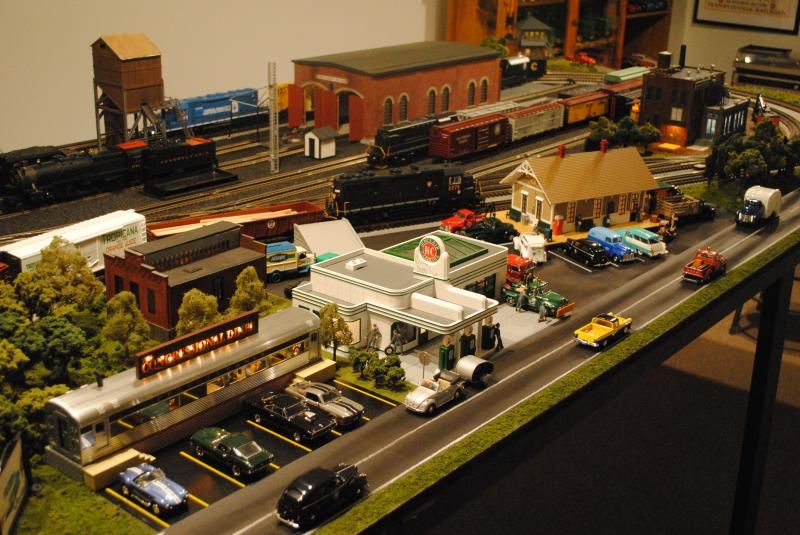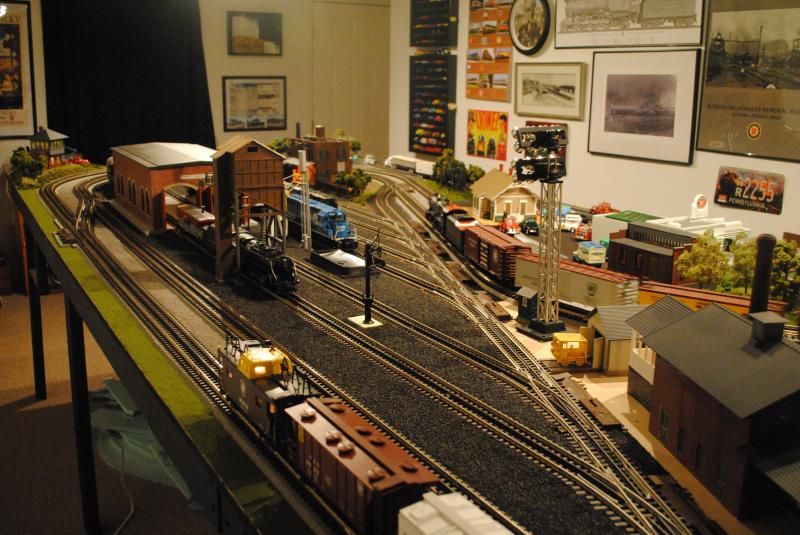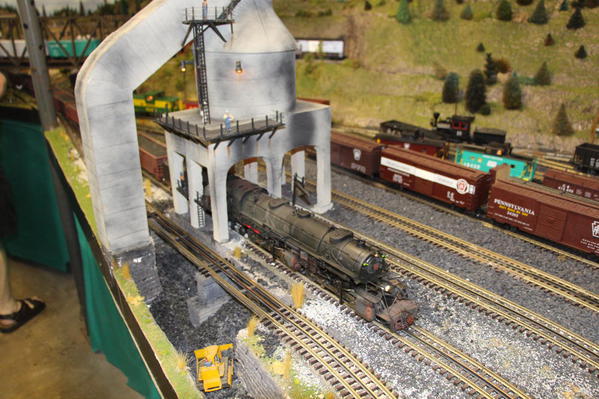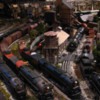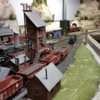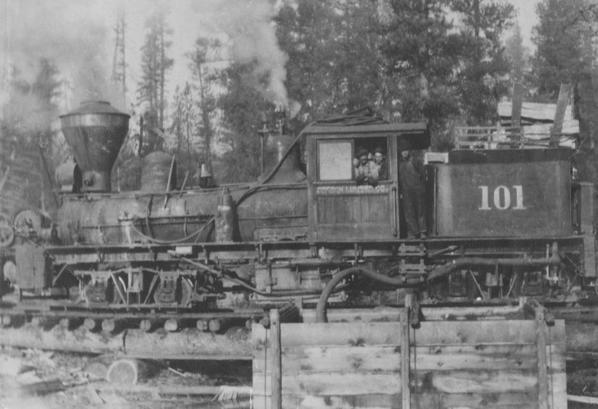I did not know they (coal) could also stand over mainlines. Thanks, Hah3, for your illustrated perspective.
Garrett76, My coal, water, sand, and engine-house are all configured into a "Service Yard" which seemed to me to be something I had seen as a youth (40's; 50's; 60's) in Pennsylvania. On my layout, steam locomotives can pull off the mainline to enter the yard for servicing/recoaling/additional water.

Frankly, I don't actually know if centralizing all those elements into a "yard" is prototypical or not, but it sure is a favorite spot on mine on my layout.
I'm sure somebody will tells us, so here are a few more shots of my service yard to, perhaps, facilitate that instruction.



In these two shots, a sand"house" is on the left of the coal...


...and here is where coal hoppers deliver coal to the facility..







